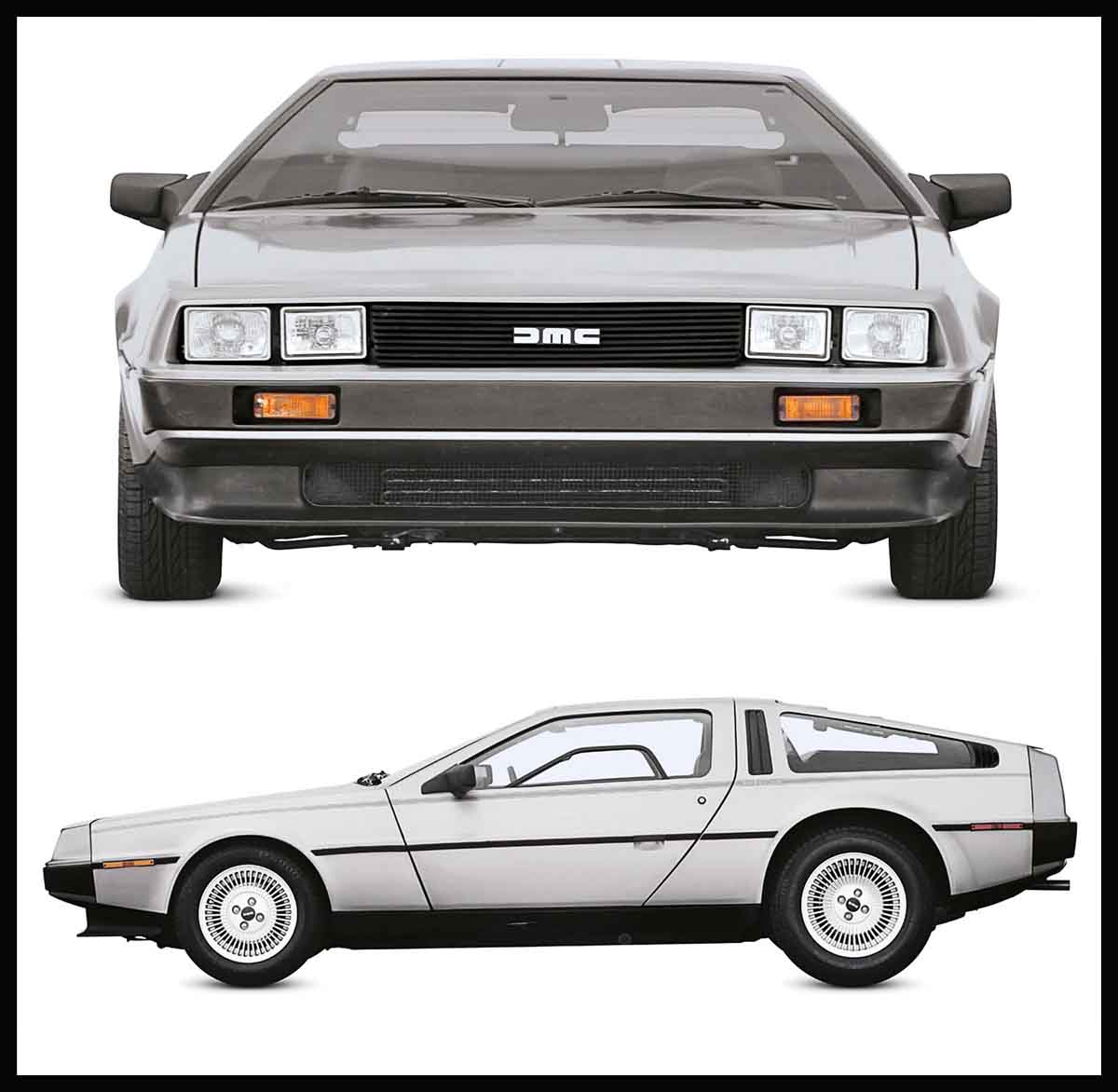
Shaped in Italy
Italian styling houses reached the zenith of their influence in the 1980s, delivering an extra touch of glamour to the premium cars of the era, from the ill-fated DeLorean penned by Giorgetto Giugiaro’s Italdesign to the perennial partnership between Ferrari and Pininfarina. Zagato was back too, reviving links with Aston Martin that dated back to the 1960s. But the Italian impact on design went much further than these collaborations, as their stylish and innovative new themes were incorporated into mainstream car designs. Modern, geometric styles and small cars with taller, more spacious passenger compartments were the result.
DeLorean DMC-12, 1981
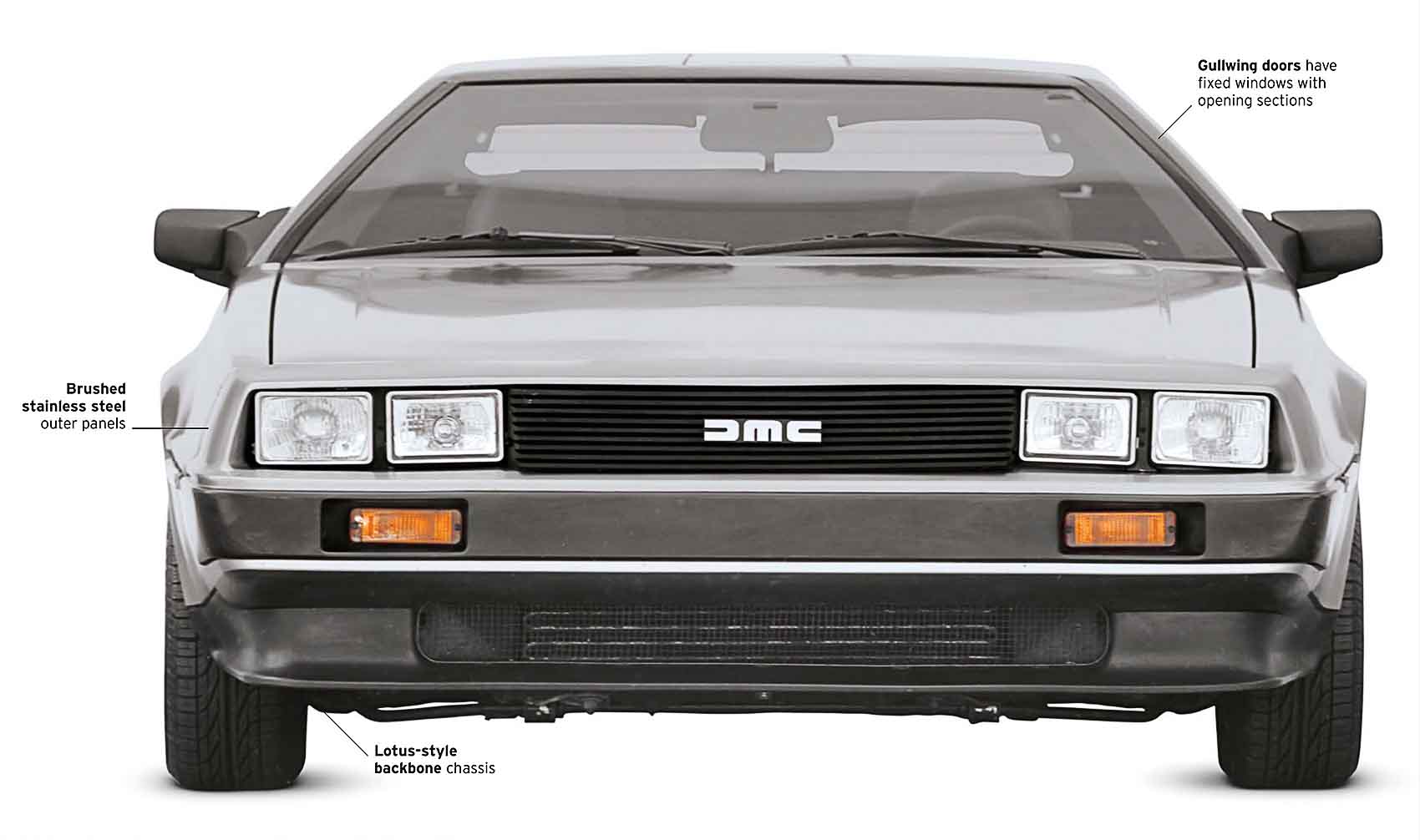
| Origin | UK |
| Engine | 2,849 cc, V6 |
| Top speed | 121 mph (195 km/h) |
Intended as a glimpse of the future, the DeLorean became one of the car industry’s greatest failures. The cars were unreliable, and sales were never close to the company’s wildly optimistic forecasts. However, its iconic status was assured by its appearance in the film Back to the Future.
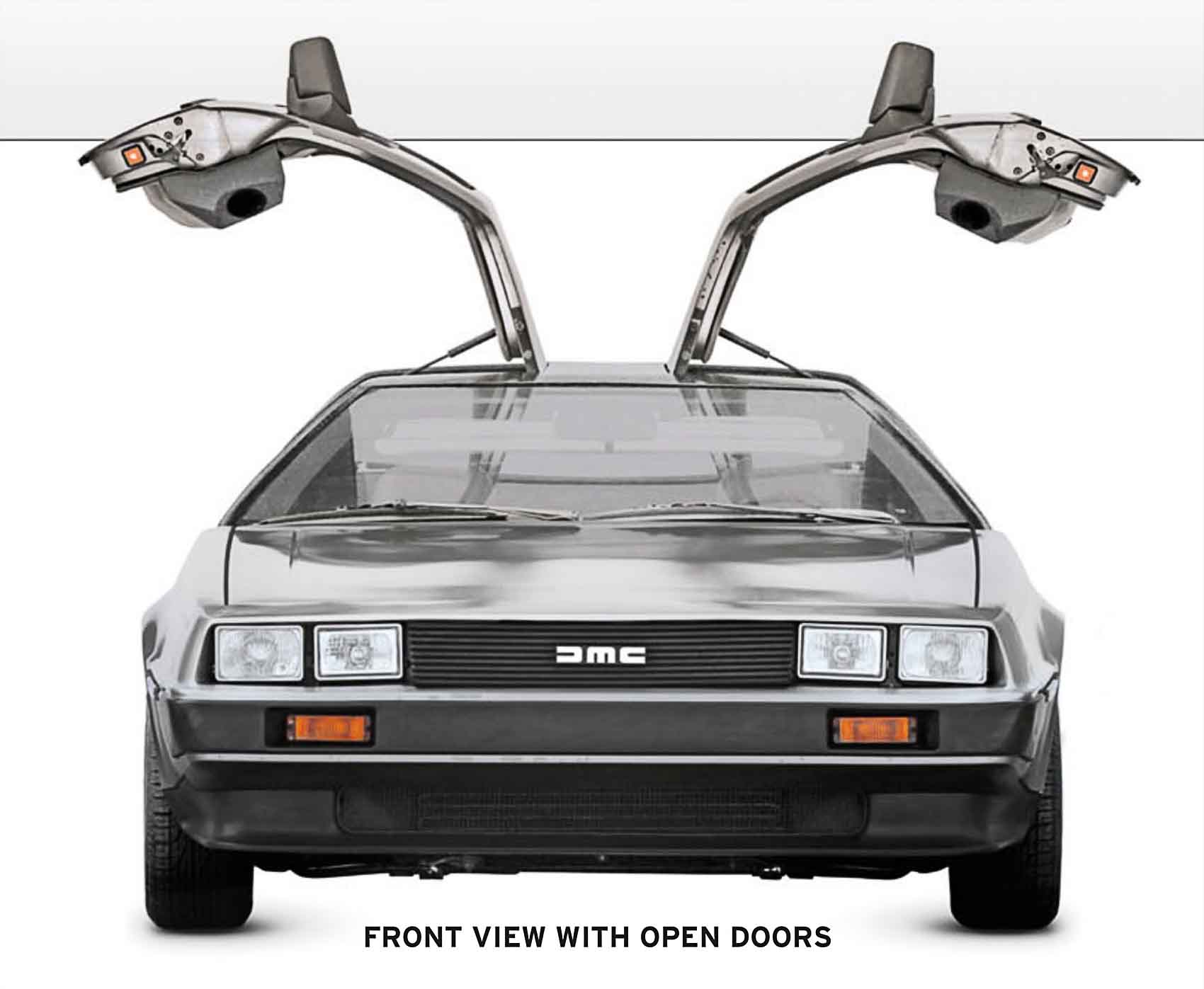
Gullwing controversy
The DeLorean’s gullwing doors were distinctive but not universally loved. There were concerns that users might be trapped inside if the car rolled over, while some found themselves stuck when the mechanisms failed to operate.
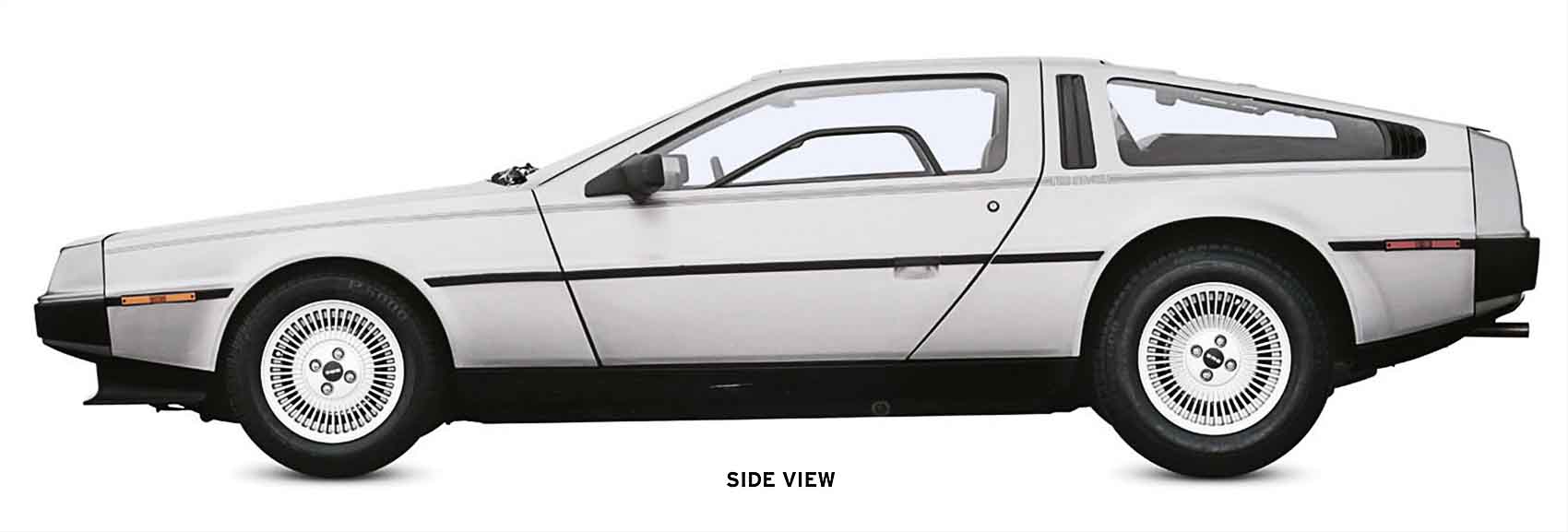
Stainless steel
The DeLorean’s outer body panels were in unpainted stainless steel, supported by a fibreglass underbody and a steel backbone chassis. The stainless steel surface proved susceptible to fingerprints, and was hard to repair other than by replacing whole panels.
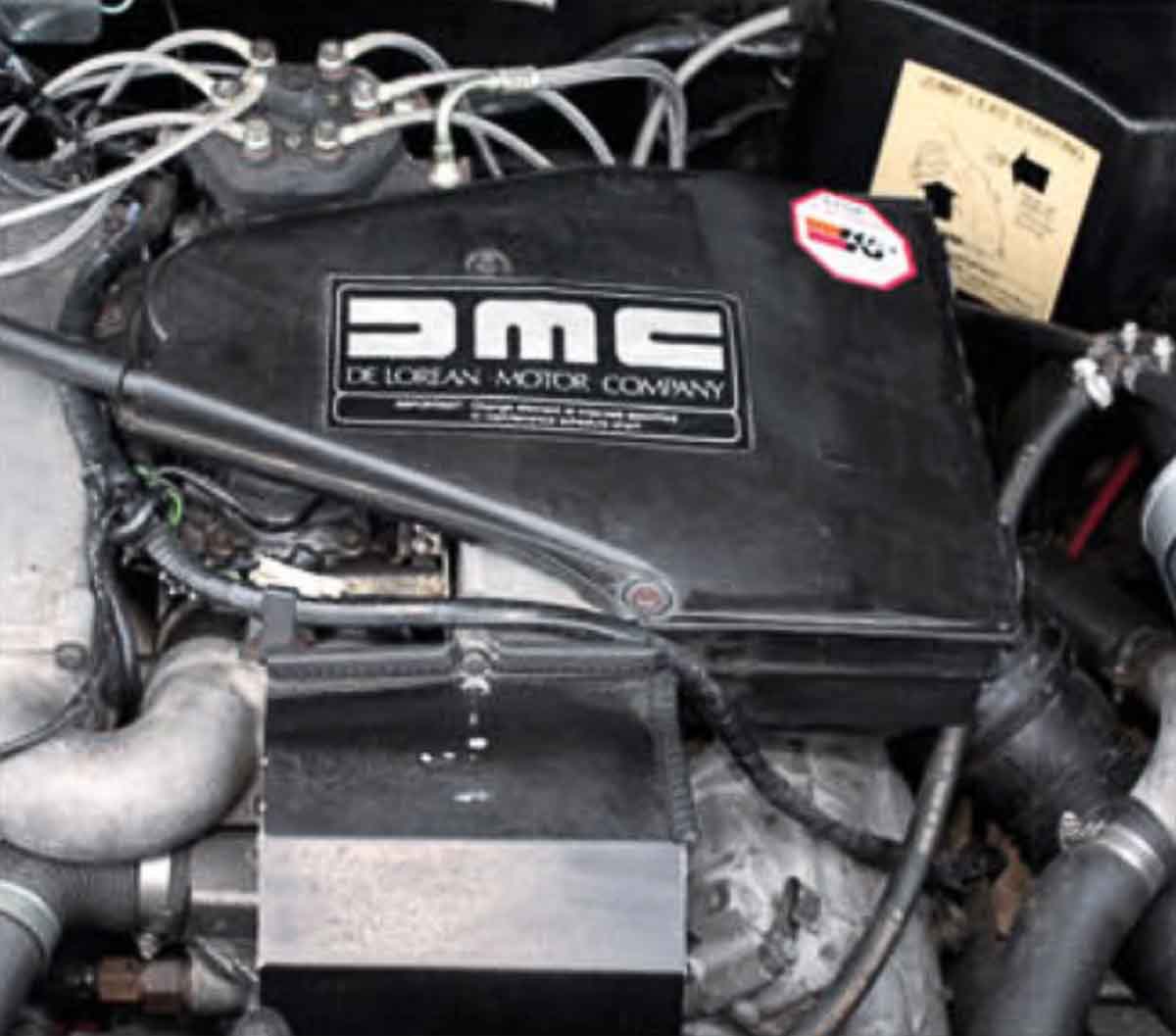
European power
The DeLorean used a 2.8-liter PRV V6 engine. Originally this unit was designed as a joint venture between Peugeot, Renault, and Volvo. Almost a million of these engines were built between 1974 and 1997.
Isuzu Piazza Turbo, 1980
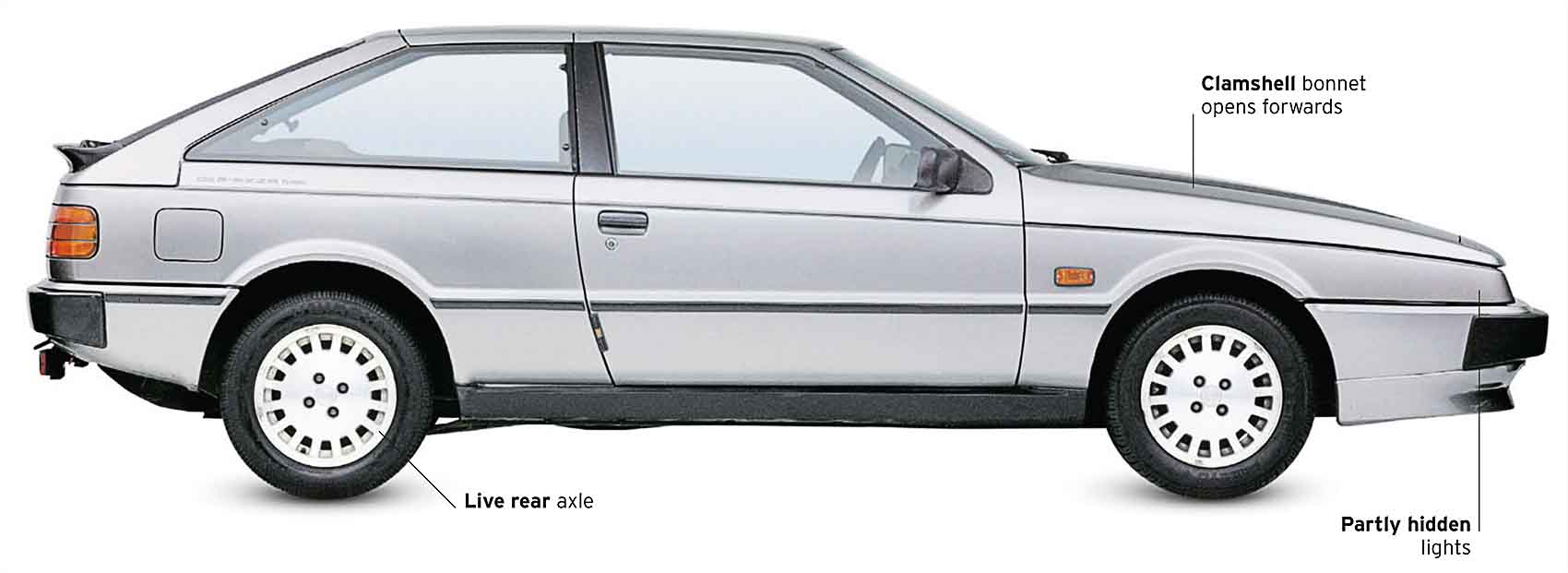
| Origin | Japan |
| Engine | 1,996 cc, straight-four |
| Top speed | 127 mph (205 km/h) |
General Motors’ Japanese partner engaged Giugiaro to style its new coupe. A turbo engine was added in 1984 to make it go as well as it looked, but it handled poorly until Lotus was engaged to redesign the suspension. The Piazza Turbo was supplanted by a new front-drive coupe in 1990.
Autobianchi Y10, 1985
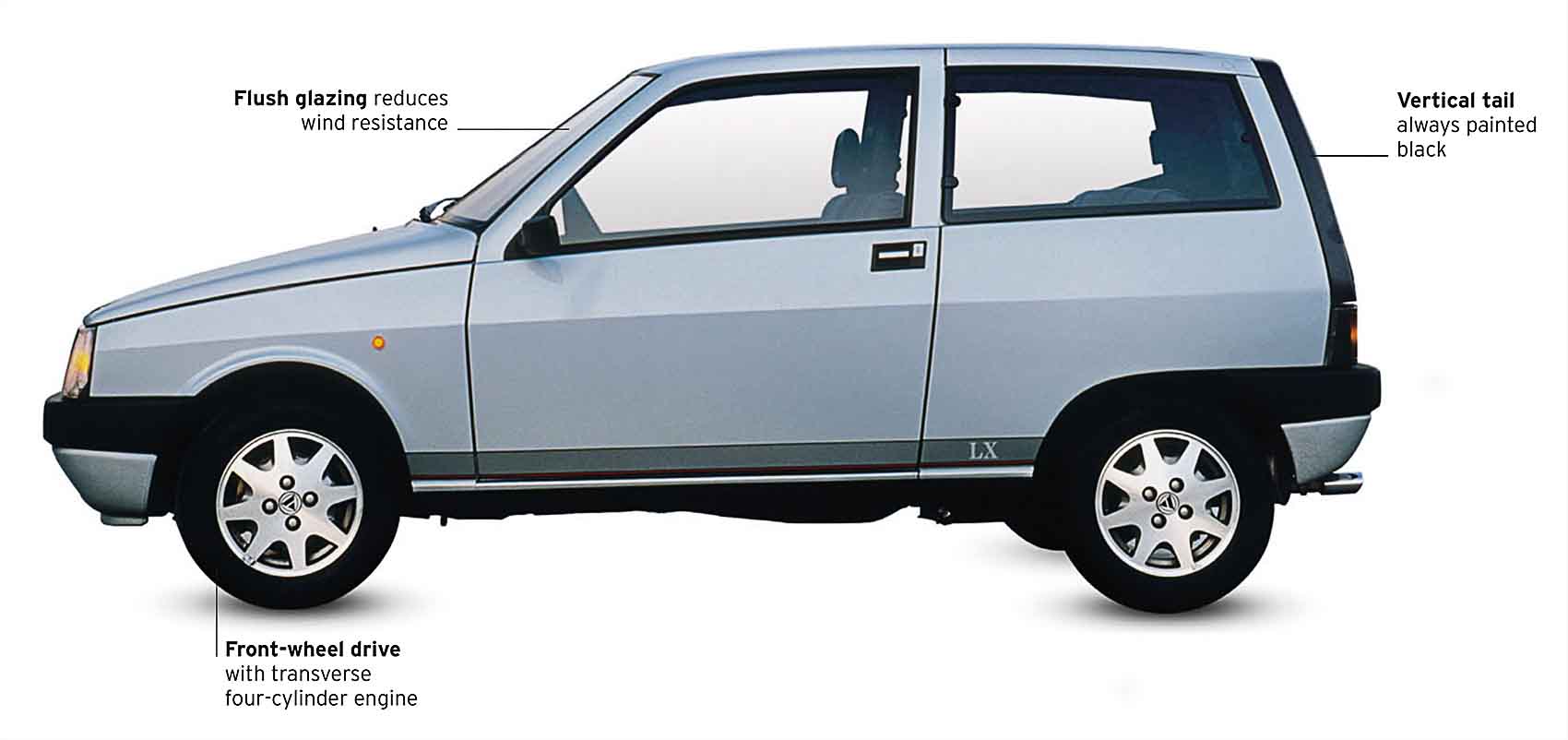
| Origin | Italy |
| Engine | 999 cc straight-four |
| Top speed | 114 mph (183 km/h) |
Sold as an Autobianchi in Italy and many other markets, and as a Lancia in the UK, the Y10 was small, chic, and very aerodynamically efficient for its era with a drag coefficient of just 0.31. Eguipment levels were high, while Turbo and 4WD versions added interest.
Cadillac Allante, 1987
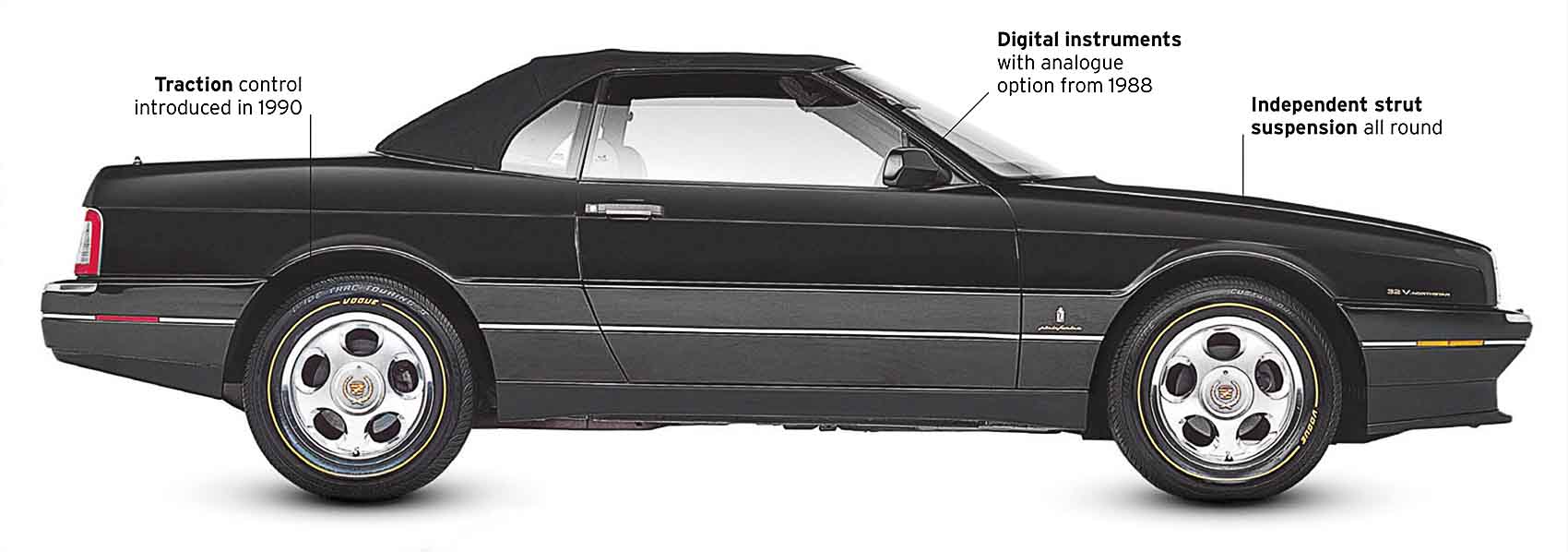
| Origin | USA / Italy |
| Engine | 4,087 cc, V8 |
| Top speed | 119 mph (192 km/h) |
Pininfarina designed the body and built it in Italy. The fully trimmed bodyshells were flown to the US to be united with Cadillac mechanicals. The Allanté was an upmarket convertible aimed at Mercedes’ SL, but some potential buyers were put off by its front-wheel-drive layout.
Citroen XM, 1989
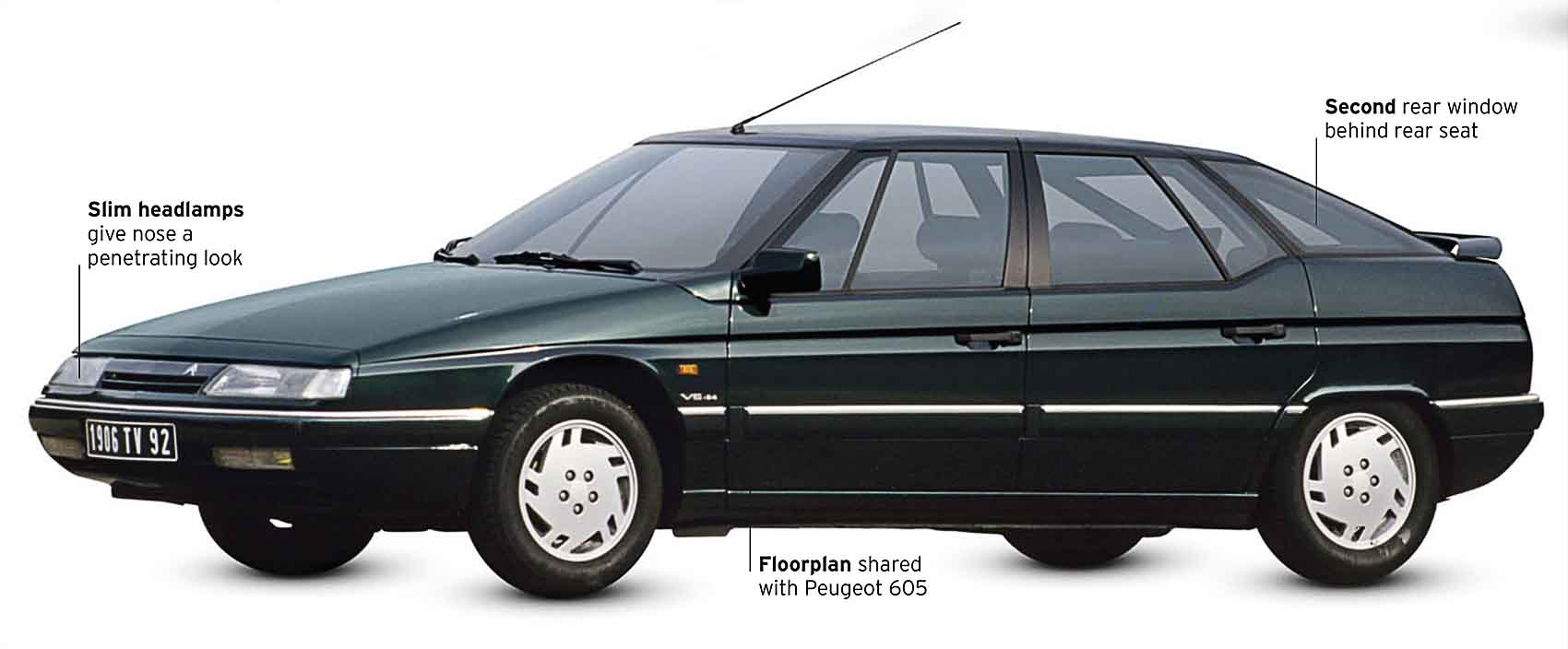
| Origin | France |
| Engine | 2,975 cc, V6 |
| Top speed | 143 mph (230 km/h) |
The Bertone design was derived from Gandini’s Citroen BX concept, with a practical hatchback and long nose. V6 engines were available to ensure the XM had better performance than the old CX, and the hydropneumatic suspension now had sophisticated electronic control.
It is a quote. The Classic Car Book – The Definitive Visual History 2016




